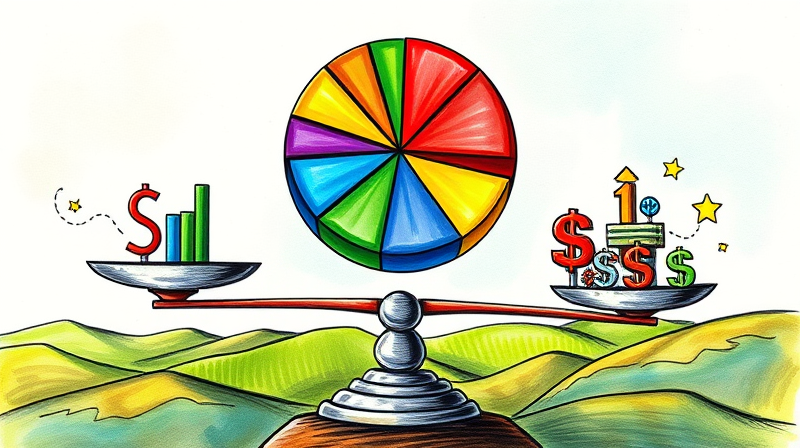
Every investor seeks a reliable compass in the stormy seas of the financial markets. Understanding and managing portfolio beta can be that steady hand guiding you through unpredictable waves. By mastering beta, you can tailor your investments to the market’s currents and safeguard your long-term objectives.
Beta is a fundamental metric representing the price volatility of a stock or portfolio relative to the market benchmark. A beta value informs you whether your holdings will react in sync with broader market movements or chart an independent course. This measure equips investors with insights that transcend raw returns, revealing the risk profile embedded in every position.
Interpreting beta values helps you shape strategies for growth, income, or capital preservation. With this gauge, you can align the intensity of your portfolio’s swings to your personal risk tolerance and financial horizon.
Determining portfolio beta involves a few straightforward steps. By quantifying each holding’s contribution to overall volatility, you unlock a clearer picture of your total risk exposure.
Armed with this calculation, you can assess whether your portfolio’s beta aligns with your current market outlook and personal risk preferences.
Market volatility fluctuates over time, driven by economic cycles, geopolitical events, and investor sentiment. A static portfolio beta can leave you overexposed during downturns or underutilized in bull markets. By adjusting beta strategically, you gain the flexibility to:
During high volatility phases, incorporating low-volatility assets can protect your capital. Conversely, in calmer markets, increasing beta can help you enhance long-term growth potential. The key is active review, ensuring your risk posture evolves alongside market dynamics.
Successful investors view risk as a dynamic element rather than a static hurdle. By continuously monitoring portfolio beta, you can deploy targeted adjustments to reinforce resilience or accelerate growth.
Consider a bucket approach for retirees or those nearing withdrawal stages. Set aside short-term cash and bonds to cover immediate needs, while higher-beta growth assets can remain invested for longer-term goals. This structure addresses sequence-of-returns risk by shielding near-term income from market swings.
Examining live market histories provides context for beta management. During the 2008 financial crisis, portfolios weighted toward low-beta utilities and consumer staples outperformed high-beta growth allocations, preserving capital when markets plunged.
Conversely, in the rebound phases of 2009–2013, high-beta technology and emerging market stocks led the charge, delivering outsized gains for investors willing to embrace greater volatility. These examples underscore the importance of timing and beta alignment.
Whether you manage your own portfolio or collaborate with an advisor, implement these practical steps:
By embedding these routines into your investment process, you cultivate a disciplined approach that harmonizes risk and return.
Understanding and managing portfolio beta empowers you to navigate the market’s ebbs and flows with confidence. Regular beta reviews form the cornerstone of a robust risk-management framework, allowing you to adapt to evolving conditions while staying true to your financial goals.
Embark on your next review cycle today. Calculate your current portfolio beta, benchmark it against your risk tolerance, and make targeted adjustments. In doing so, you transform volatility from a threat into an opportunity, charting a clearer path toward long-term success.
References













